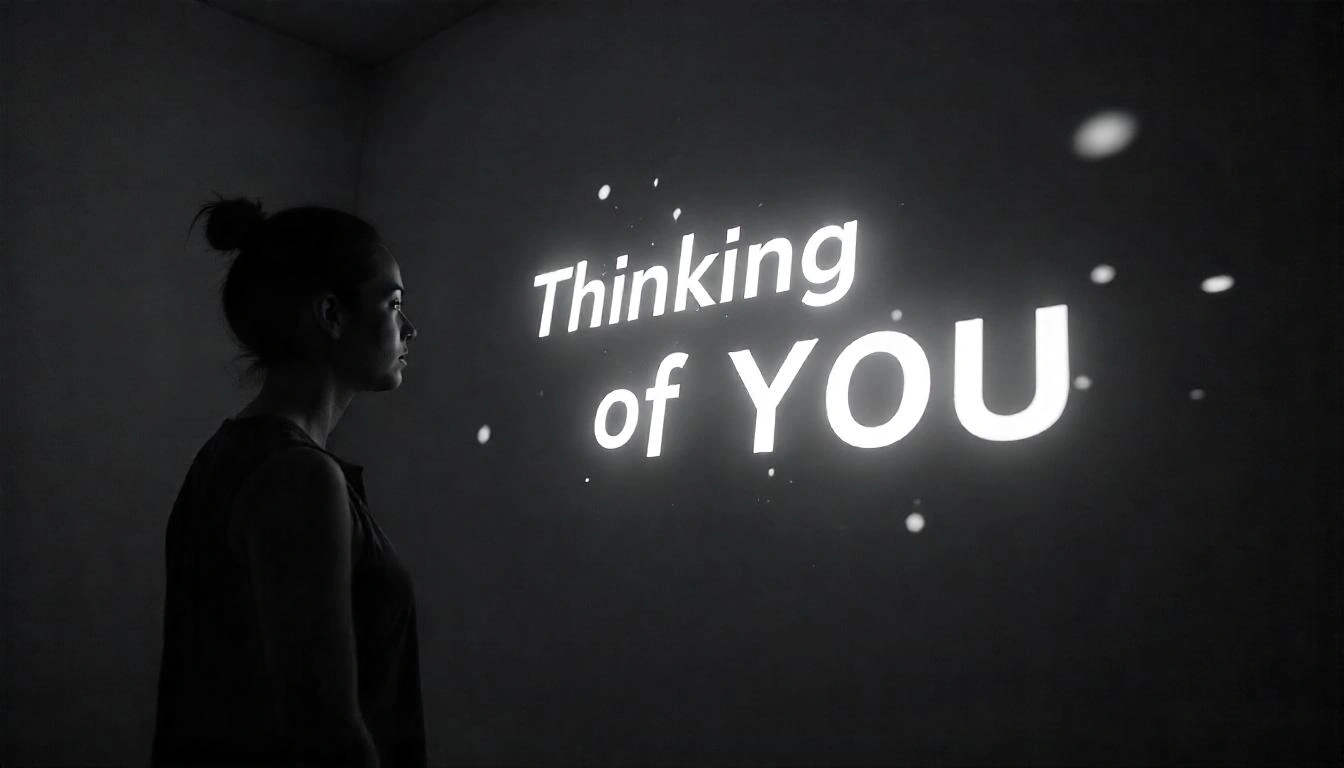In a world awash with instant messages, scrolling feeds, and emoji-laden texts, the quiet arrival of a thinking of you card in the mailbox feels almost revolutionary. These small, often understated tokens of care carry a nostalgic weight and emotional clarity that cuts through the noise of modern communication. But where did this tradition originate? How did such a specific sentiment find its place on paper, and how has it endured in the digital age?
To understand the quiet power of thinking of you cards, we must explore the deep-rooted human urge to reach out especially during moments when words are difficult, distances are far, and the heart has more to say than can be easily typed.
The Origins: A Brief History of Sentiment by Mail
Long before the hallmark of human emotion was captured by Hallmark itself, written expressions of care and affection had taken root in society. The first known “greeting cards” trace their lineage back to ancient Egypt and China, where messages of goodwill were exchanged as part of New Year celebrations. However, it wasn’t until the 15th century in Europe that handmade paper greeting cards began to circulate more broadly.
Valentines were among the earliest specific-purpose cards, often bearing messages of love, but these were soon joined by other kinds of missives: sympathy notes, best wishes, and, eventually, the catch-all “thinking of you” expression. While the exact phrase may not have been in use yet, the sentiment certainly was. In Victorian England, correspondence became a refined art, with calling cards and hand-penned letters serving as vehicles for emotional expression. Etiquette manuals even instructed individuals on how to express concern or fondness without overstepping social boundaries.
The postal reforms of the 19th century democratized communication. With the introduction of the Penny Post in Britain and similar reforms in the United States, mailing letters and cards became more affordable, prompting a surge in written exchanges. The groundwork was laid for what would soon become a thriving greeting card industry and with it, the rise of pre-printed sentiments like thinking of you.
From Sentiment to Industry: The Rise of Card Companies
By the late 19th and early 20th centuries, the greeting card industry had begun to flourish. Companies like Louis Prang & Co. in the United States often credited with popularizing the modern Christmas card set a precedent for high-quality, illustrated messages. However, it was Joyce Clyde Hall and his brothers who would revolutionize the industry in 1910 by founding what would become Hallmark Cards in Kansas City, Missouri.
Hallmark, along with contemporaries like American Greetings (founded in 1906 as Sapirstein Greeting Card Company), tapped into an expanding middle class eager for meaningful but convenient modes of communication. Initially, thinking of you was folded into sympathy or get-well cards, but by mid-century, it had earned its own real estate on the card rack. The phrase became a versatile emotional utility: it conveyed empathy, longing, encouragement, or quiet love all without the pressure of a special occasion.
These cards weren’t just messages, they were moments of pause in someone’s day, tangible reminders that someone cared. And by the 1950s and ’60s, as design trends shifted to reflect postwar optimism, thinking of you cards became more colorful, whimsical, and emotionally expressive.
Language and the Subtle Art of Saying Nothing and Everything
The enduring success of thinking of you cards lies in their linguistic elasticity. The phrase is both ambiguous and profound. It doesn’t assume too much, yet it implies emotional proximity. It can be romantic, platonic, familial, or spiritual. This malleability has allowed it to survive and thrive even as society’s ways of expressing emotion have shifted.
In the 1970s and ’80s, greeting card language became more direct, with humor and candor creeping into what had traditionally been a formal space. Yet even amid changing mores, thinking of you held steady. It could be molded to fit more poetic verses or pared down to minimalist prose. The message was consistent: “You’re on my mind, and I care.”
Interestingly, the phrase also avoided the commercialized fatigue that holidays imposed on other types of cards. While birthday or Christmas cards could feel obligatory, thinking of your card always seemed more spontaneous, more sincere than a note without a script.
The Aesthetics of Emotion: Design Trends Through the Decades
If the message of a card is its soul, the design is its skin and thinking of you cards has reflected the emotional undercurrents of each generation through their visual elements.
- 1940s–1950s: These cards often featured floral motifs, soft watercolors, and hand-lettered typography, evoking a gentle formality.
- 1960s–1970s: With the cultural upheaval of the era, card designs experimented with psychedelic colors, bold illustrations, and more expressive fonts. The sentiment remained, but its packaging was louder, freer.
- 1980s–1990s: A return to sentimentality emerged, with pastel palettes and gentle imagery of teddy bears, country landscapes, and angelic figures catering to a longing for emotional warmth in a rapidly digitizing world.
- 2000s–2010s: Minimalism crept in. White space, simple typefaces, and emotionally restrained imagery mirrored a society grappling with information overload and the emergence of email and social media.
Today, card design has fractured into niches. Independent artists offer hand-illustrated or letterpressed cards through Etsy and boutique shops, while mass retailers still carry the traditional options. The diversity in design reflects a broader emotional spectrum and a more inclusive view of relationships.
The Digital Age: Disruption and Revival
With the advent of email, text messaging, and social media, the greeting card industry faced a formidable challenge. Why buy a $5 card and a stamp when you can send a heartfelt DM for free?
Unsurprisingly, industry sales dipped in the early 2000s. Many predicted the death of physical cards altogether. But then something curious happened.
Instead of disappearing, thinking of you cards found a second wind fueled by the very same digital discontent that threatened them. As digital communication became faster and more ephemeral, people began craving tactile experiences. A handwritten card, precisely because it wasn’t instant, regained emotional value. Its slowness became part of the message.
Social media also inadvertently promoted the value of handwritten notes. Platforms like Instagram and Pinterest began showcasing beautifully crafted cards and calligraphy, sparking a resurgence in stationery culture. Younger generations, especially millennials and Gen Z, began embracing analog gestures as acts of intention and care.
Moreover, during global crises like the COVID-19 pandemic, thinking of you cards saw a remarkable uptick. With physical separation at an all-time high, sending a card became a way to bridge emotional gaps. Once again, the phrase proved its timeless versatility.
Beyond Paper: New Frontiers in Sentiment
Today, thinking of you has leapt beyond the printed card. It’s a message written in the sky via drone light shows, printed on artisanal tea tins, coded into custom Spotify playlists, and inscribed in bespoke jewelry. Yet the card remains the anchor, a touchstone of sincerity.
Some companies have even begun to merge physical and digital, offering services that let users create handwritten-style messages online, which are then printed and mailed on real cardstock. Others pair cards with gifts, flowers, candles, or self-care boxes transforming the simple sentiment into an experience.
But at its core, the enduring appeal of the thinking of your card lies in its simplicity. It’s a message that transcends time zones, social trends, and digital updates. Whether slipped into a lunchbox, mailed across the world, or handed across a hospital bed, it offers something increasingly rare in our world: focused, intentional attention.
Final Thoughts
In a culture obsessed with efficiency, thinking of you cards reminds us of the value of slowing down. They ask us to sit with our feelings long enough to write them out, choose a card, buy a stamp, and wait for it to arrive. That pause like the sentiment itself is powerful.
As society continues to negotiate the balance between speed and sincerity, the thinking of you card endures as a quiet but persistent voice. Not flashy. Not urgent. Just a present.
And in a world where presence is the rarest currency of all, that might be its greatest gift.
If you enjoy exploring how thoughts connect us, you might also like Think Twice: A Dive into Harlan Coben’s Psychological Tension.





